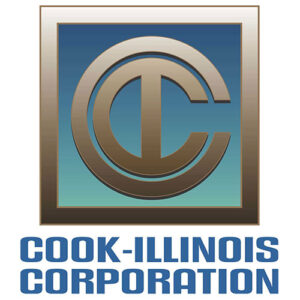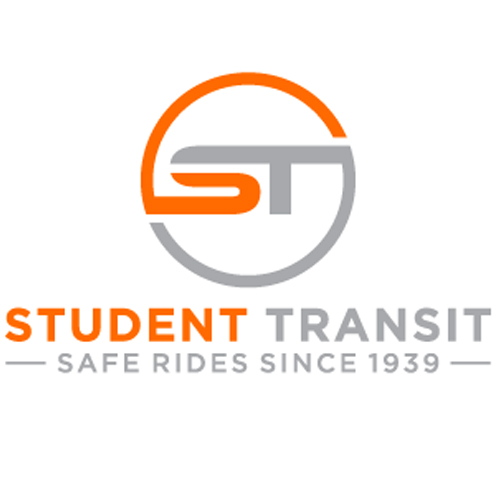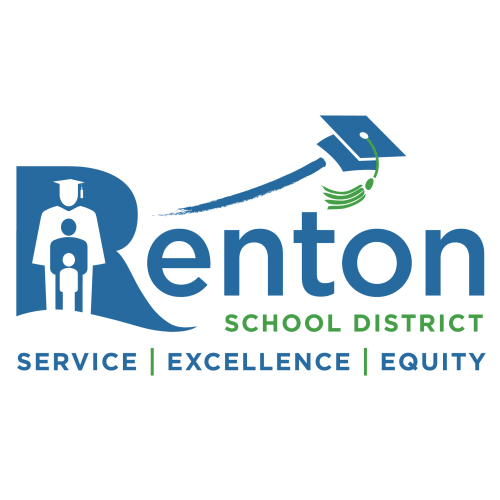2 + 2 = 5
Say goodbye to independent technology silos that don’t communicate or deliver an integrated experience.
And say hello to a comprehensive view of your operations, payroll and communications that transforms your daily operations.
Our School Bus Operating platform arms your team with the information they need to improve decision making around safety, reducing costs, and being more efficient each day.
Trusted by dozens of public and private student transportation fleets to improve how they do business.

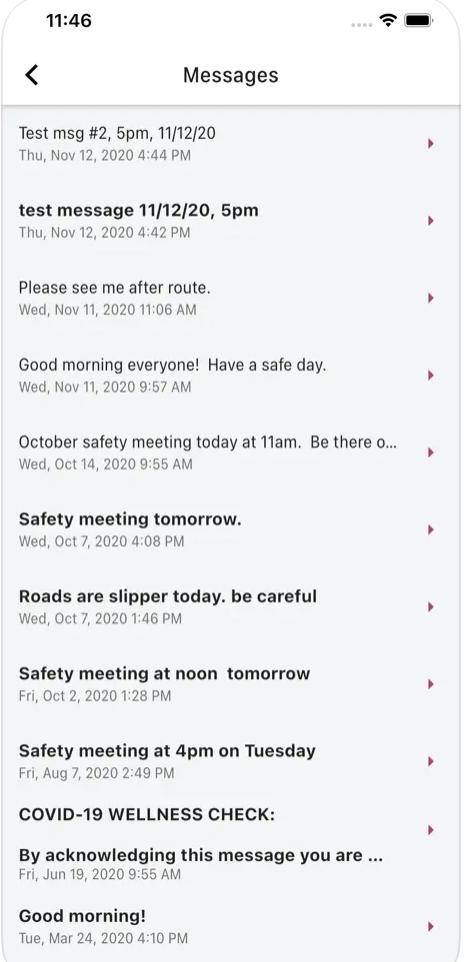
ByteCurve360 enables transportation organizations to improve safety and operational efficiency by merging routing and GPS fleet tracking data into a comprehensive management tool.
Task drivers, reassign routes and verify payroll in seconds.
Better manage late/absent drivers and deliver on-time performance your students depend on.
Trusted by the Finest Names in School Bus Transportation
The findings of various scientific studies are clear and endorse later school start times for teenagers.
One of the key benefits of such a schedule is that it presents this age group with the chance to prepare themselves for school on each school day at a time that aligns with their unique sleep rhythms.
The benefits that stem from this shift include improved physical and mental health and wellness, optimized academic performance, and a reduction in the number of accidents involving teens.
So why is there still stiff resistance to making these desirable changes?
Why are innumerable teenagers still dragging themselves to classes that, in a number of school districts, commence as early as 7:00 a.m.?
It is interesting to note that the American Academy of Pediatrics recommends a start time of 8:30 a.m.
The primary culprit behind this challenging anomaly happens to be school bus transportation.
To begin with, the intricacies and perceived costs involved in modifying bus routes have served as a detriment for many school districts, preventing them from shifting to later start times for their teenage students.
Granted, the process of adjusting bus services across a district usually presents a major problem.
For example, recently, a large urban school district enlisted the help of mathematics experts from the Massachusetts Institute of Technology.
These experts were tasked with developing algorithms that could create more efficient bus routes. While, at the same time, helping the district select new start times that could better align the sleep requirements of teenage students.
However, it is important to point out that various logistical challenges in nearly all school districts vary from one to the next.
Also, in most cases, the perceived obstacles that are thought to be related to adjusting bus services do not always materialize. This is one of the key arguments set forth by advocates for later school times for middle and high school students.

Bytecurve360 delivers a transformative operational experience.
Some of the most essential features include:
- Better Driver communications so that employees can check in/out remotely, view their schedules and receive messages on their smartphones.
- Easier payroll management so that you no longer have to manually calculate employee guarantees/contracts and overtime.
- Simpler management of daily operations, including assigning/reassigning drivers and vehicles, using real-time integration with GPS and routing systems. This allows all stops to be easily be rerouted when a bus breaks down or a driver can’t come in.
According to Phyllis Payne, the Implementation Director at Start School Later, a non-profit, in some cases, focusing on just the transportation angle can uncover many opportunities to make your system more efficient and in a better position to serve the students appropriately.
Payne’s organization lobbies school districts throughout the nation to shift to later start times for middle and high school students.
Below are four actionable strategies that may be of much use to school districts when they are considering a change in bus services to take into account later start times, as endorsed by experts.
“Using this methodology, BPS proposed a solution that would have saved an additional $12 million annually and also shifted students to more developmentally appropriate school start times (e.g., by reducing the number of high school students starting before 8:00 a.m. from 74% to 6% and the average number of elementary school students dismissed after 4:00 p.m. from 33% to 15%).
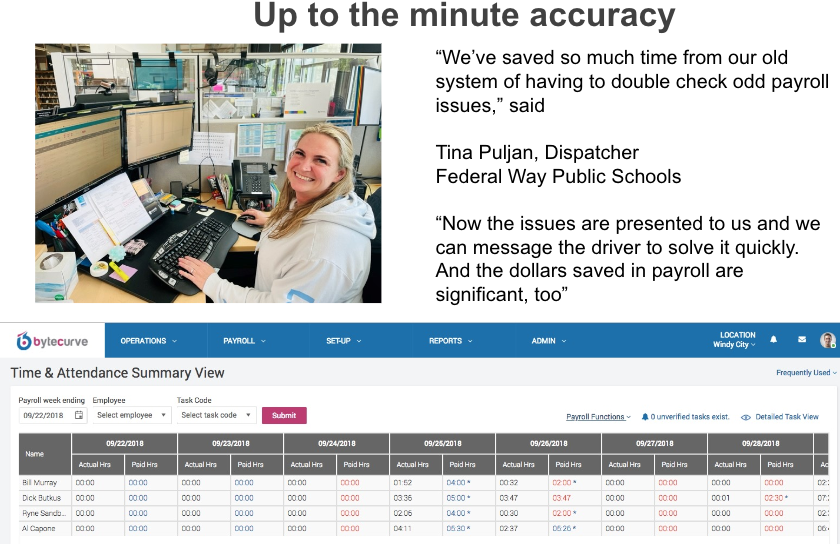
However, 85% of the schools’ start times would have been changed, with a median change of one hour. This magnitude of change led to strong vocal opposition from some school communities that would have been negatively affected; therefore, BPS did not implement the plan.”
Question Assumed Barriers
Kyla Wahlstrom, from the University of Minnesota, emphasizes not letting presumptions dictate actions.
For instance, you could have a school district’s staff be hesitant to adopt such changes due to the fact that they perceive the whole process as requiring significant work.
On the other hand, the hesitation to blend age groups on buses, for instance, is often based on concerns that aren’t always valid, like when parents of younger students worry about their children picking up swear words from the older students.
Wahlstrom points out that while younger children riding with older students is a concern for some parents, many rural districts practice this without issues.
Misconceptions also arise about high schoolers’ transportation, with some believing that most of them take the bus.
Contrary to popular belief, more elementary kids (37%) use bus transportation than high school students (24%), as per the National Household Travel Survey.
Moreover, Wahlstrom debunks the myth of skyrocketing costs.
Many believe adapting later start times translates to adding buses with a hefty price tag.
Yet, several districts have transitioned without extra expenses. A striking example is the MIT team’s solution for Boston Public Schools, which, if applied, could have saved $5 million annually.
Algorithms Assist, But Remember the Human Element
Despite how advanced some algorithms are, none at the moment can fully address the potential problems that arise from the need to satisfy the different, and sometimes competing, interests of all stakeholders.
Researchers acknowledge this issue.
Algorithms are extremely useful, but this issue lies solely on the human factor.
You must make sure to communicate with the families and ensure everyone’s opinions are heard.
Algorithms cannot help with that.
True, advanced algorithms can refine bus routes, but the human component remains paramount.
As Wahlstrom said, students “are not FedEx packages.”
Sebastien Martin, one of the MIT researchers, reinforces this, emphasizing the importance of communication and understanding stakeholders, as evidenced by the Boston district’s experience where an approved plan was eventually discarded due to parental pushback.
Timing is Key: When to make routing changes
Drawing from her interactions with hundreds of education professionals over a decade with the objective of obtaining insights on the effects that shifting school start times later may have on transportation and other related concerns, Wahlstrom stresses the importance of pacing.
Among the hundreds of schools that adopted later start times, just two reverted to their previous start times.
In both scenarios, the issue was that the decision was made way too quickly. Quick decisions can backfire, as seen in a district that rushed its changes, leading to parental uproar due to inadequate adjustment time.
Slow, methodical, and well communicated changes can create significant improvements over time and are often superior to massive, sudden shifts in anything as sensitive as the safety of students arriving at school on time.
Rethink and Reframe
Phyllis Payne suggests a fresh perspective can offer options previously not under consideration.
Instead of merely adapting the current structure, officials might consider a complete overhaul. This can range from “flipping” start times for different age groups to leveraging sophisticated algorithms.
As Payne concludes, the main challenge is adapting to a new mindset.
The evidence overwhelmingly supports the benefits of later school start times for teenagers, aligning with their natural sleep rhythms to boost well-being, academic performance, and safety.
Nevertheless , the logistical hurdles, primarily revolving around school bus schedules, often deter districts from adopting this practice
However, these challenges, while real, are not insurmountable.
By questioning perceived barriers, utilizing algorithms while considering human factors, pacing the implementation wisely, and rethinking traditional models, districts can navigate these obstacles.
With the right approach and mindset, schools can prioritize and actualize schedules that genuinely serve the best interests of their students.
School Bus Technology to drive Safety and Efficiency
Many districts are adopting a new dispatching and payroll technology that has also demonstrated the ability to improve school bus efficiency and safety.
Many, if not most, larger school districts and private school bus fleets rely on GPS Fleet Tracking today, as well as routing software, to improve their operations and deliver greater student safety.
These technologies are well established, and most transportation leaders appreciate the direct and indirect benefits of using them to improve operations and drive greater awareness and safety.
But many districts remain unaware of a new emerging technology designed to connect the two previously independent platforms into a 360 degree view of operations to empower dispatchers, payroll technicians, and fleet directors to capture even better operational efficiencies and uncover new ways to increase safety.
Bytecurve360, developed and supported by a team with more than 100 years of combined student transportation experience, is growing in popularity among fleets that leverage both routing and GPS Fleet tracking thanks to its ability to improve driver management, better control costs associated with payroll, and deliver improved services to schools and families.
Not designed to replace either system, Bytecurve360 aims to connect dots that were previously constrained by technology silos into a more comprehensive perspective of student transportation management.
Featuring a driver communication app, a payroll tool that can be leveraged in the garage via a touchscreen monitor or on- the-go via the driver app DriveOn, as well as dispatch features designed by a team with years of experience managing complex and dynamic school bus fleets, Bytecurve360 delivers a transformative operational experience.
“It’s helped us provide a new level of command and control that allows us to be ahead of issues instead of responding to them,” said Marty Klukas, General Manager, Student Transit. “It’s become our command and control, and it helps us know what right looks like.”
Integrated Student Transportation Software
School Bus Dispatching and Payroll Technology
Bytecurve360 offers a range of potential benefits to a school bus fleet, focusing on improving efficiency, safety, and communication. Much like stop-arm cameras, it is growing in popularity across the country as more districts navigate the challenges of absence and late drivers as well as striving to improve payroll accountability.
Some of the key benefits of Bytecurve360 include:
Increased Efficiency:
- Automated tasks and streamlined processes: Bytecurve can automate tasks like scheduling, dispatching, and payroll, saving time and reducing manual errors.
- Improved route optimization: By analyzing historical data and traffic patterns, Bytecurve can help optimize routes for shorter travel times and reduced fuel consumption.
- Real-time bus tracking and monitoring: Leveraging GPS fleet tracking integration, dispatchers and administrators can track buses in real-time, allowing for quicker responses to delays and improved communication with parents.
Enhanced Safety and Security:
- GPS tracking integration: Real-time tracking helps ensure buses stay on route and students are picked up and dropped off at designated locations.
- Emergency communication tools: Drivers can quickly communicate with dispatchers and others leveraging the DriveOn mobile app, which can also be used to clock in and out remotely
Improved Communication:
- Driver communication tools: Drivers can communicate with dispatchers and other staff through the platform, improving overall fleet communication.
- Reporting and analytics: Bytecurve provides comprehensive reports and analytics that can help identify areas for improvement and make data-driven decisions. The ability to see planned versus actual routes in real-time and historically can drive improved route performance.
Additional benefits:
- Reduced costs: Increased efficiency and flexibility in managing payroll can drive down costs while increasing driver accountability
- Enhanced transparency: Real-time tracking and reporting can improve transparency for parents, administrators, and the public.
It’s important to note that the specific benefits experienced by a school bus fleet will depend on its unique needs and size.
However, Bytecurve360 offers a wide range of features and functionalities that can potentially improve many aspects of school bus operations.
These case studies demonstrate how a diverse fleets leverage the software application to improve their safety and performance.
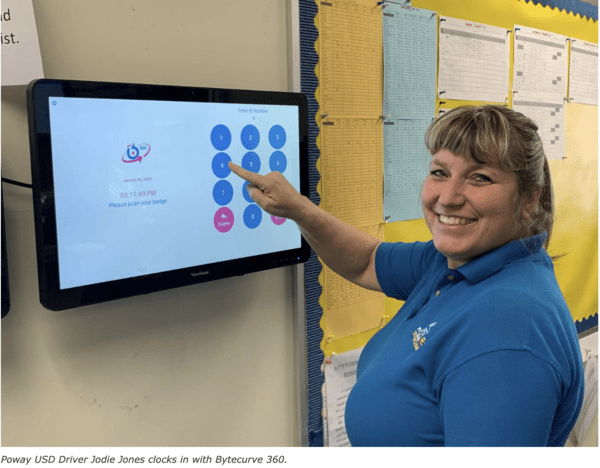
If you are in the market for a school bus driver scheduling software, here’s what to look out for
- The application should feature a user-friendly design to enable administrators, drivers, and parents to understand and navigate the system. It should be cloud-based and be supported by U.S.-based support team who appreciate the unique demanding environment of a school bus fleet.
- The platform should include ongoing and comprehensive training and support for all users to guarantee they’re comfortable with the tool and can use it effectively. Bytecurve features ongoing support from our team of school bus operations experts.
- The school bus driver scheduling software platform you eventually select should commit to continuous updates and maintenance to ensure it remains current and devoid of bugs or glitches. Bytecurve is founded by innovators who will never stop improving the platform based on the needs and wants of their customers and school bus fleet operators.
- The app should be flexible and customizable to tailor it to the unique needs of each school or district. Bytecurve will work with each district or contract to build their tailored solution that meets their unique requirements.
- The software should be capable of integrating with other related tools like student information systems to guarantee accurate and up-to-date data is being used to create and manage driver schedules. Bytecurve has integrations with all of the major routing and GPS fleet tracking solutions so that virtually any school bus fleet can enjoy the benefits of the transformative technology.

Secure
Only authorized employees will be able to access DriveOn based on a customer specific access code. This code can be turned off as needed by an authorized administrator.

User friendly
DriveOn is easy to use with a simple, smart interface.
Available on both iOS and Google Play stores.





